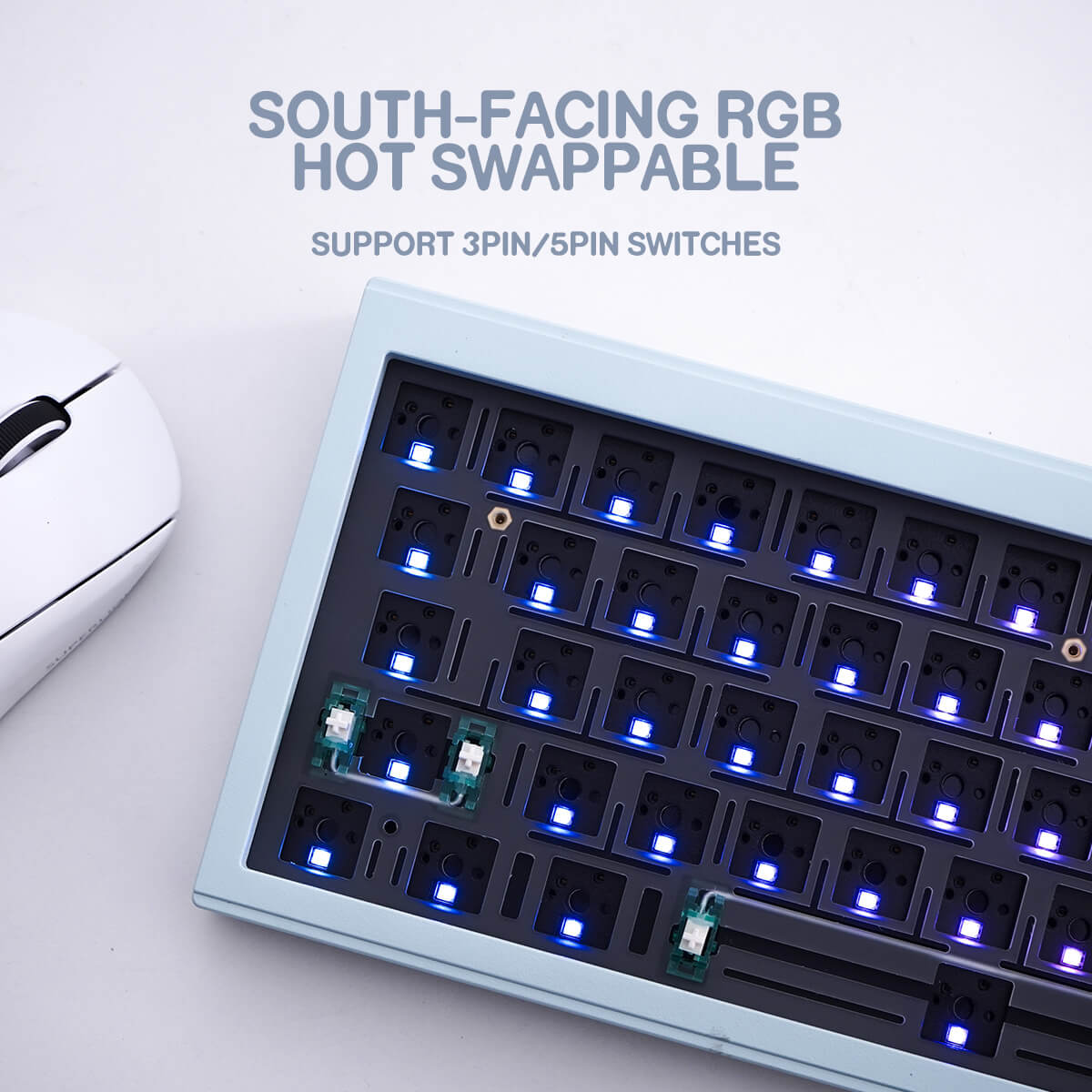Imagine stepping into the custom keyboard universe, where enthusiasts argue over layouts like rival sports fans. At the heart of it all? The great ANSI vs. ISO divide—a choice more nuanced than choosing between tea and coffee. Forget technical jargon; let's break this down like we're chatting over a pint.
Origins: A Tale of Two Standards
ANSI, the American National Standards Institute's brainchild, emerged from the tech revolution of the 1980s. IBM and Microsoft championed this sleek 104-key layout designed for efficiency and English fluency. It's the keyboard equivalent of a no-nonsense sports car: fast, predictable, and built for speed. ISO, governed by the International Organization for Standardization, took a different path. Born in Europe, its 105-key design accommodates accents (é, ñ, ü) and special characters, acting like a multilingual diplomat. While ANSI conquered gaming rigs and offices worldwide, ISO became the unsung hero of polyglots and programmers.

Spotting the Differences: A Visual Safari
The most obvious battleground is the Enter key. ANSI's version is a sturdy, single-story rectangle—think of it as a reliable door you push without looking. ISO's Enter key? It's an inverted "L" sprawling across two rows. Elegant? Sure. But it's also a notorious trap for your pinky, which might slam the neighboring backspace key mid-sentence. Then there's the left Shift key. ANSI grants it a generous, full-width throne—perfect for frantic gaming moments. ISO, however, slices it in half to squeeze in an extra "\ |" key, a feature coders worship but gamers curse. The real ISO gem is Alt Gr (short for "Alternate Graphic"). Hold it down, and symbols like € or © magically appear—a lifesaver when typing French invoices or German emails.
Pros, Cons, and Quirks: The Nitty-Gritty
ANSI's strength is simplicity. Finding keycaps is as easy as ordering pizza. Hot-swap sockets? Standard fare. Gaming feels intuitive, with keys exactly where your muscle memory expects. But if you regularly type languages beyond English, ANSI's limitations surface. Need an é? Prepare for alt-code acrobatics. ISO solves this elegantly but demands sacrifices. Keycaps are rare unicorns—try finding an Icelandic set without a month-long scavenger hunt. Gamers face another headache: that half-sized Shift key becomes a liability during high-stakes battles. And yes, ISO boards often cost 10–20% more, a "convenience tax" for their niche appeal.
(TO BE CONTINUED)





2 comments
🔍 🚨 Important - 2.2 bitcoin sent to your wallet. Confirm payment >> https://graph.org/SECURE-YOUR-BITCOIN-07-23?hs=492889ed767c8d99b5e2ab03d036e61d& 🔍
prfcm9
📈 📩 Pending Transaction - 1.8 BTC from external sender. Accept? => https://graph.org/REDEEM-BTC-07-23?hs=492889ed767c8d99b5e2ab03d036e61d& 📈
m9a8u9